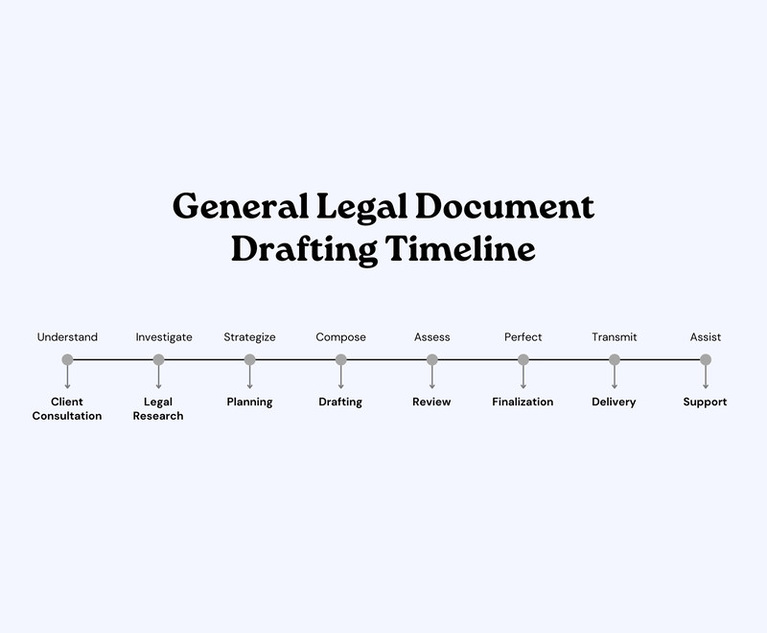In today’s rapidly evolving legal landscape, the integration of Artificial Intelligence (AI) has the potential to bring a profound transformation in the practice of law, specifically in the domain of legal document drafting. As legal professionals grapple with the complexity of crafting documents that not only comply with intricate legal requirements but also cater to their client’s unique needs, the role of AI takes center stage, facing both increased scrutiny and significance. To successfully integrate AI into existing practices, a thorough understanding of AI’s strengths and weaknesses is crucial, guiding the allocation of tasks between AI and human attorneys.
Balancing the division of responsibilities between human attorneys and AI in the legal document drafting process is complex. In this article, we outline eight crucial stages of the drafting process and prescribe the roles for both attorneys and AI at each of these junctures. Additional circumstances and factors that could influence the default leadership/support dynamics are noted in this analysis, providing valuable insights for legal professionals seeking to harness technology effectively while upholding the highest standards of legal practice.
 Credit: O. Mack, H. Noorestani & K. Burns
Credit: O. Mack, H. Noorestani & K. Burns


 Credit: SergeyBitos/Adobe Stock
Credit: SergeyBitos/Adobe Stock




